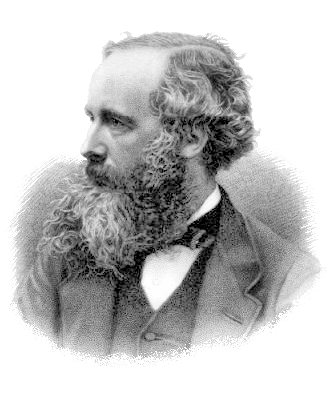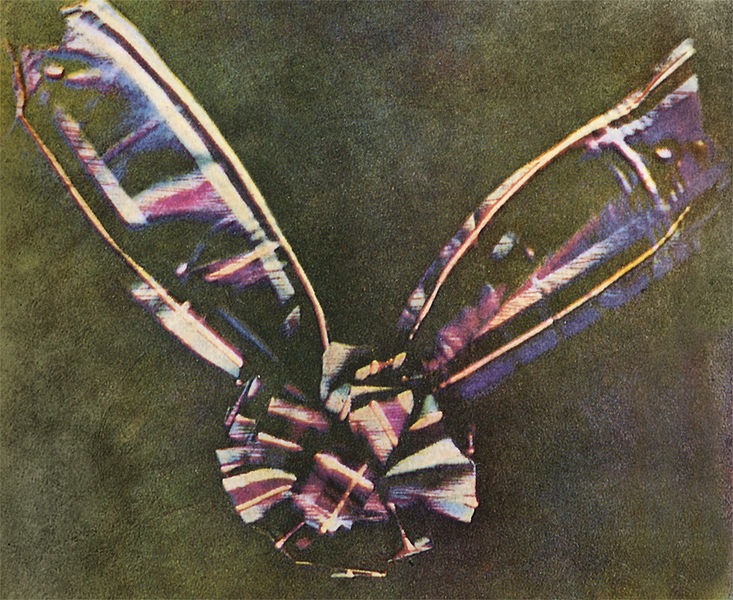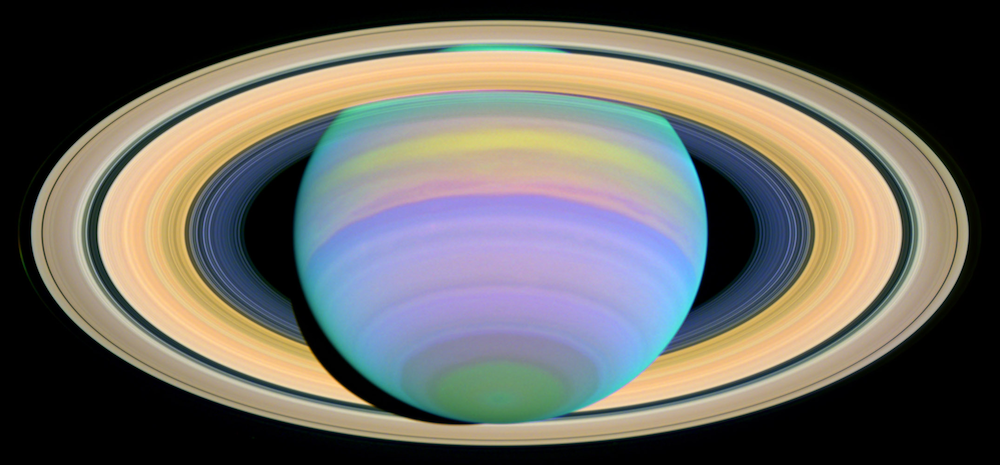
Can you imagine where we would be without cellphones, radio, or even color TV? James Clerk Maxwell in part made this technology possible. Best known for his work in electromagnetics, Maxwell laid the groundwork for these modern devices and for future scientists like Albert Einstein. Maxwell wasn’t limited to just one kind of physics — he also made contributions to astronomy, thermodynamics, color photography, and more.
Early Contributions to the Scientific Community
On June 13, 1831, James Clerk Maxwell was born in Edinburgh, Scotland. At first, his mother taught Maxwell at home. An extremely bright child, he was able to quote long passages from Milton and the Bible by age eight. Around this time, his mother passed away. His father then assigned him a tutor who claimed that Maxwell was slow to learn. This allegation didn’t sit well with Maxwell’s father or aunt, so they decided to send him to Edinburgh Academy.

James Clerk Maxwell. Image in the public domain, via Wikimedia Commons.
Maxwell published his first scientific paper at Edinburgh Academy at only 14 years old. He discussed oval curves (traced with thread and pins) and generalized the definition of an ellipse. This work wasn’t entirely new — René Descartes had defined these curves earlier — but Maxwell’s method greatly simplified the idea. Two years later, Maxwell began studying at the University of Edinburgh, during which time he published two more papers: one on rolling curves and the other on the equilibrium of elastic solids.
Maxwell began attending Trinity College, Cambridge, in 1850. There, he met “wrangler-maker” William Hopkins. Hopkins recognized Maxwell’s talents, taking him under his wing. Previously, Maxwell had never cared much for the curricula (typically pursuing his own studies instead), but with Hopkins’ help, he earned second wrangler (the title for the second-highest scoring student in math) as well as the Smith’s Prize upon his graduation.
Following his own schooling, Maxwell spent several years back in Scotland, where he was a professor at Marischal College. He then returned to London for a job at King’s College as a professor of natural philosophy. The following five years marked the peak of Maxwell’s accomplishments…
Advancing Electromagnetism
James Clerk Maxwell’s most notable accomplishments were in the field of electromagnetism. He wanted to build on Michael Faraday’s earlier work with electric and magnetic lines of force, transforming the physical ideas into a mathematical form. He created what is now known as Maxwell’s equations, a set of relatively simple equations that describe how electric and magnetic fields behave and interact.
In addition, Maxwell connected electric and magnetic fields to light. He first created an experiment to demonstrate Faraday’s idea of electromagnetic induction, showing how a varying magnetic field induces an electromagnetic field. Using this setup, he was able to calculate the speed of electromagnetic waves, finding it was nearly the same as the speed of light. Maxwell then theorized that light is one of the many byproducts of electric and magnetic phenomena. In addition, he predicted that electromagnetic waves could be produced in a laboratory setting. This prediction, later proved by Heinrich Hertz, led to discovery of radio waves.
Seeing in Color
James Clerk Maxwell also sought to answer the following question: Why does mixing colors of light produce different results than mixing the same colors of paint? Previously, physicists like Thomas Young theorized that the eye contains three color receptors, but no one was quite sure which colors they responded to.
Maxwell proved Young’s idea, then demonstrated how to apply it to color perception. He theorized that the primary colors for light are actually red, blue, and green (now known as Maxwell’s color triangle). Using his gift for mechanical modeling, he set up an experiment that involved:
- Taking a photograph through a red, green, and blue filter
- Projecting a transparent image
- Applying the three filters once again
The result? The first color photograph!

The first color photograph, taken in 1861 of a ribbon. Image in the public domain, via Wikimedia Commons.
Other Notable Contributions
Another area that James Clerk Maxwell contributed to was astronomy. For 200+ years, scientists wondered how Saturn’s rings could remain so stable. It was Maxwell who figured out that the rings must be made of independent particles, not fluid or solid matter. A hundred years later, the Voyager space probe confirmed this idea.

Saturn and its rings in ultraviolet light. Image by NASA and in the public domain, via Wikimedia Commons.
Some other fields he contributed to include:
- Thermodynamics
- Kinetic theory of gases
- Information theory
- Cybernetics
- Control theory (e.g., for centrifugal governors)
- Quantum mechanics
The Lasting Legacy of James Clerk Maxwell
For his scientific achievements, James Clerk Maxwell became the first Cavendish Professor of Physics. He was also a member of the Royal Societies of London and Amsterdam and earned the Adams Prize, Rumford Medal, and Keith Medal, among others.
Today, Maxwell is recognized as the third greatest modern scientist, just after Isaac Newton and Albert Einstein. Einstein is also quoted as saying, “I stand not on the shoulders of Newton but on the shoulders of Maxwell.”
In honor of his accomplishments, let’s wish James Clerk Maxwell a happy birthday!
Further Reading
- Learn more about James Clerk Maxwell from these sources:
- Check out other influential scientists:




Comments (3)
Swapnil Badgujar
June 14, 2019Nice and Crisp. Thanks for sharing.
Muhammad Abrar
July 13, 2019Excellent
File Room
August 4, 2020Very good and informative post. I really enjoyed reading this article.